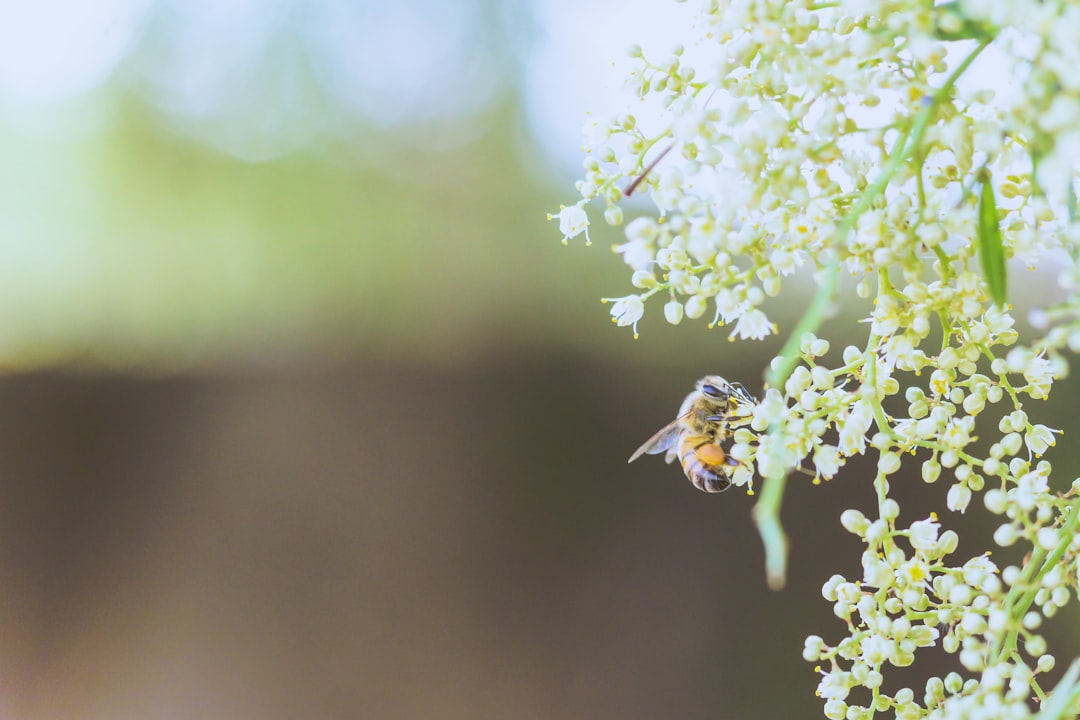What is it about?
Many undefended organisms fool their predators by evolving similarity to distinctive traits of well-defended prey species that predators have learned to avoid eating. Such mimicry may evolve in diverse tropical communities. Using mimetic butterfly communities of the Western Ghats biodiversity hotspot, we show that mimicry in these communities was driven by decoupled evolution of two key traits (flight morphology and color patterns) of defended and mimetic prey species. Flight morphology was phylogenetically conserved whereas color patterns evolved at a significantly faster rate in both defended and mimetic prey species. Our results provide insights into the assembly of biological communities, demonstrating that the evolution of complex, multitrait phenotypes depends more on different rates of trait divergence rather than on phylogenetic relatedness.
Featured Image

Photo by Sonika Agarwal on Unsplash
Why is it important?
This work has discovered some secrets of a long evolutionary game of warning and deceit by which butterfly communities escape predators using traits such as wing colour patterns and flight. The paper presents a unique approach to study trait evolution in the context of community dynamics.
Read the Original
This page is a summary of: The tempo and mode of character evolution in the assembly of mimetic communities, Proceedings of the National Academy of Sciences, December 2022, Proceedings of the National Academy of Sciences,
DOI: 10.1073/pnas.2203724120.
You can read the full text:
Resources
Contributors
The following have contributed to this page










